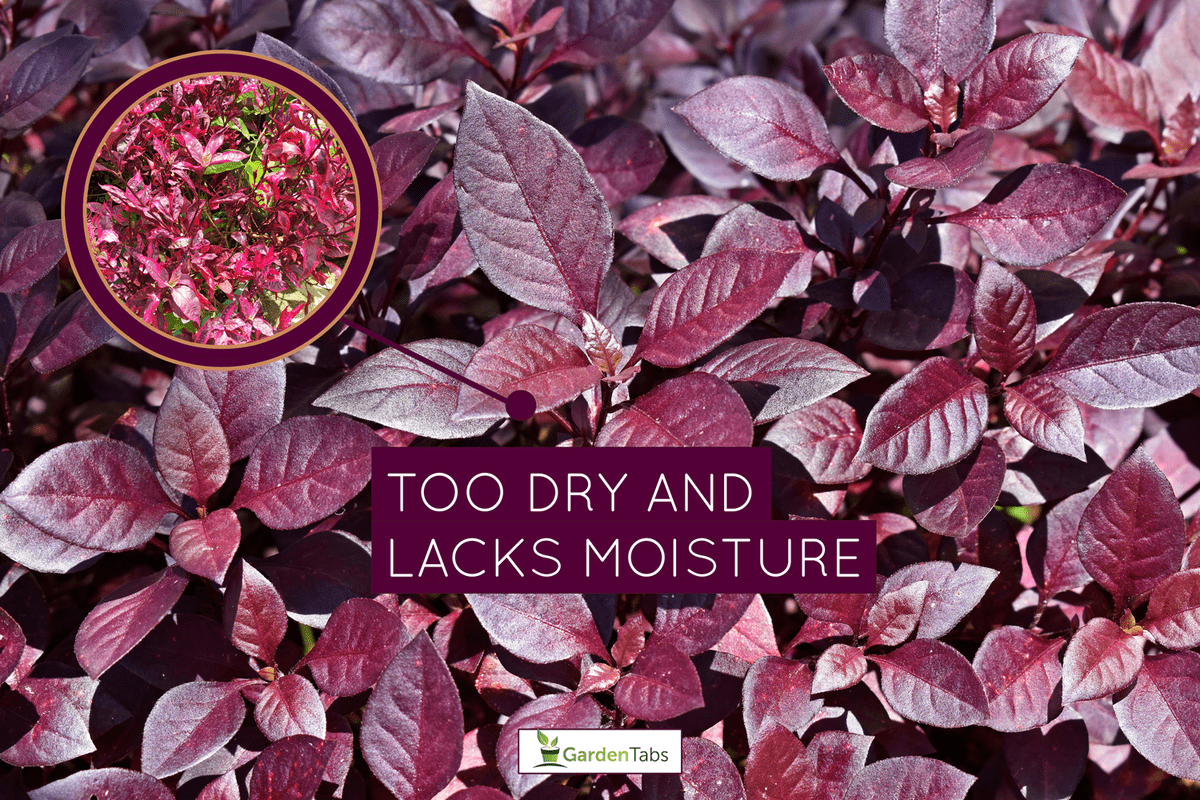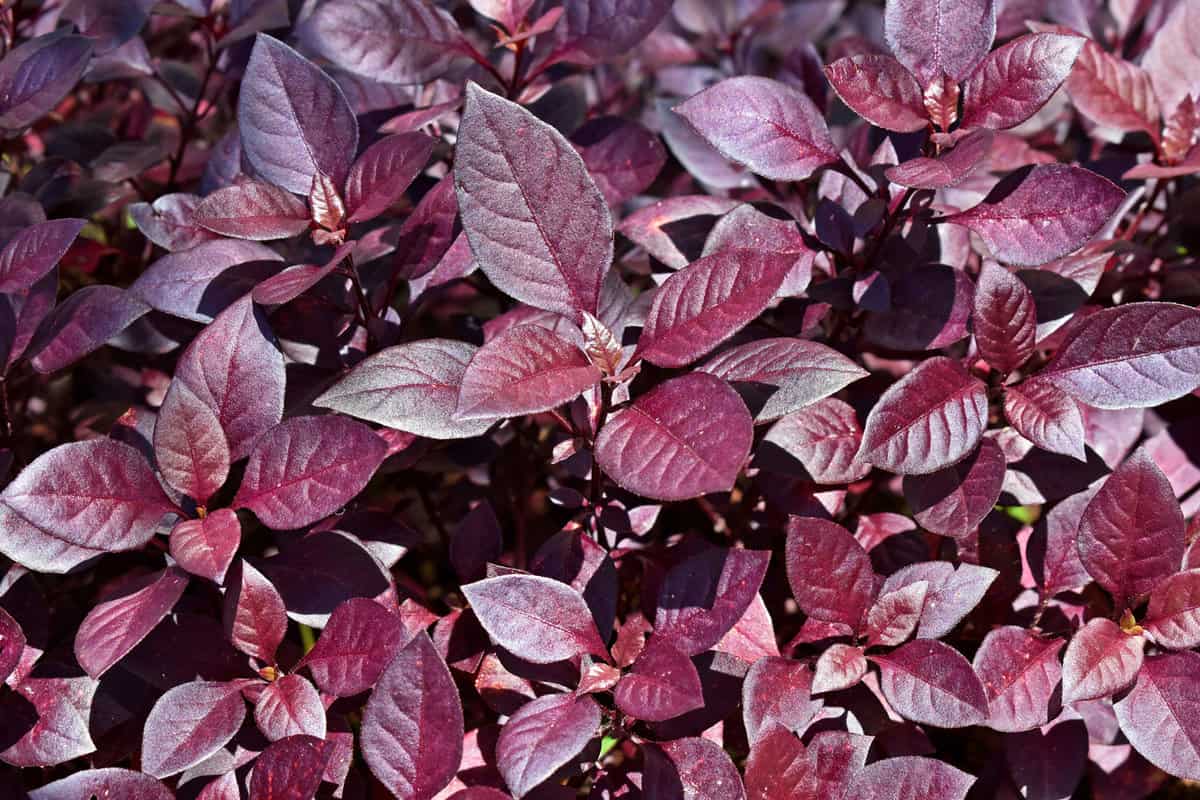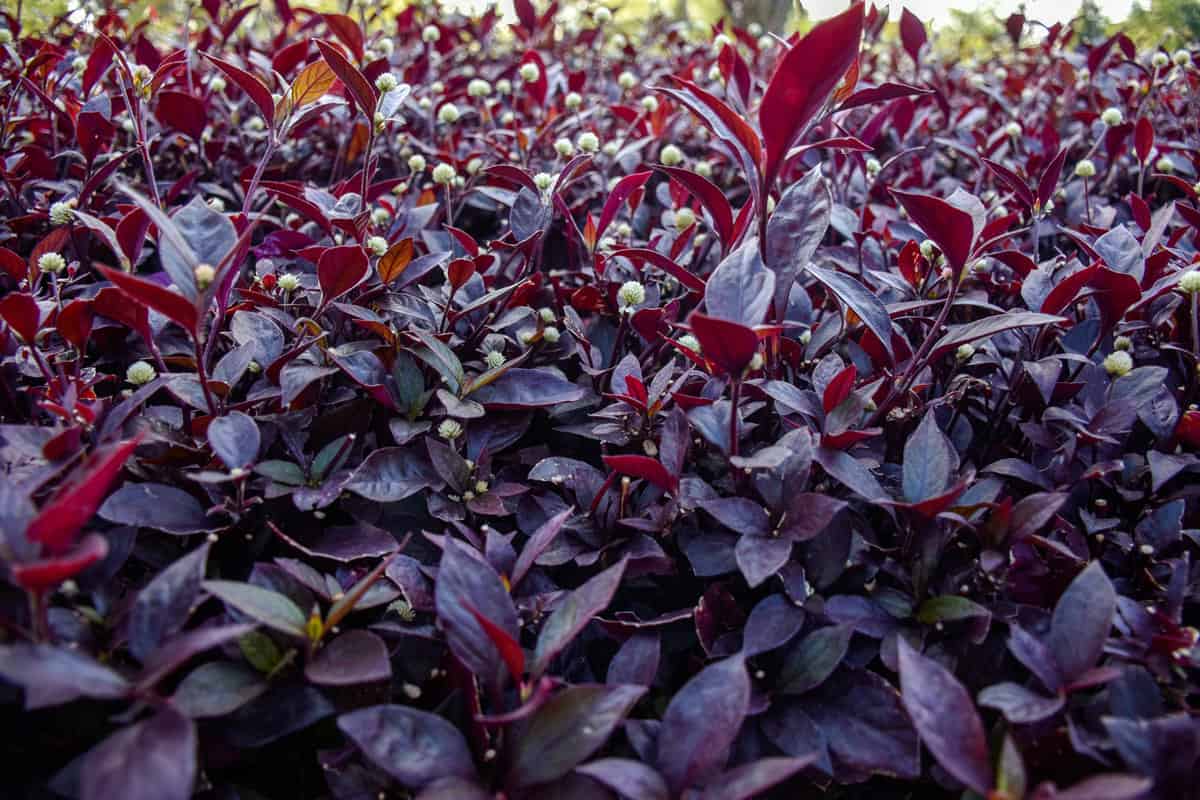Taking care of the Little Ruby Plant is easy because it just needs low moisture and can tolerate heat. It likes warm weather so it can survive long, hot summers. Its beauty gives aesthetic to your garden's landscape. However, you probably noticed your plant is dying even after giving your plant extra care. You came to the right post because we gathered all the information for you.
One of the reasons the Little Ruby Plant is dying could be it gets too dry and lacks moisture, frosting, or because of too much water. Another reason could be the root rots or pests infestation. Spraying water or insecticidal soap on all surfaces of plants can help control mites.
Do you want to find out more about the cause why your plant is dying? Would you like to know how to take care of the Little Ruby plant? Continue reading throughout this post to get the answers you need.

Reasons Why The Little Ruby Plant Is Dying
As mentioned above, the Little Ruby plant likes warm weather and low moisture. In case the plant's leaves and soil become extra dry because of too much exposure to the sun and lack of water. If it's winter, then if you continue watering it, the plant will die. The Little Ruby plant needs to be indoor during winter and should be under the sun with sufficient moisture or partly shaded during warm weather with low humidity. Always remember that the Little Ruby only needs low water and enough warmth to survive.

How To Care And Maintain The Little Ruby Plant?
Little Ruby needs low maintenance. Listed below are some tips on how to take care of your plant.
- Give sufficient drainage. This plant grows pretty well in containers or beds. Provide 2 inches of mulch around the plant to maintain moisture and keep the weeds off.
- Keep the soil moist for up to three weeks after planting until rooted. The Little Ruby is drought tolerant, so it does not require too much watering. Too much water will kill the plant.
- Apply general fertilizer during spring and fall. There is no need for special fertilizer.
- Keep the surface moist to prevent pests. Shear the plant to shape it.
- Make sure the soil bed is not cramped. There should be a little space between plants, and they are weed-free. Weeds steal the nutrients from your plants. Remove all those surrounding your plants. You can use a weed puller tool to remove those wild weeds.
Click here to check Weed Puller Tool on Amazon.
What Causes Root Rot?
Root rot is also one of the reasons why plants die. It spreads quickly and affects other healthy roots. There are two causes why the roots rot:
Overwatered Soil
Poorly drained soil or overwatered conditions will prevent roots from absorbing enough oxygen they need to live. The rotted and decayed part will spread to other healthier roots.
Weakened Roots
Weakened roots are prone to fungus. The fungus could be dormant at some point, but once the soil becomes overwatered, the fungus activates and attacks the roots.
What Are The Symptoms Of Root Rots?

You can specify that the cause of death is root rot through these symptoms:
- Poor growth.
- Gradual decline without visible cause.
- Wilted, yellowed, or browned leaves.
- Pale, smaller leaves than usual.
- Canopy Thinning.
How To Check If The Cause Of Dying Is Root Rot?
Use Pulaski to dig the soil and check the roots if decaying is spreading. Pulaski is a great tool in gardening, one side is for digging in, and the other is for cutting or chopping. If the root is reddish-brown, it is a sign that decaying is taking place.
Click here to check Pulaski on Amazon.
How To Prevent Root Rot?
Preventing root rot can help save your plant. Here are the tips to prevent root rot:
- Plant in well-drained soil.
- Avoid overwatering.
- You can use methyl bromide to reduce the rotted roots.
- You can also use mites and fungus spray to prevent further rot.
Click here to check Mites Spray Control on Amazon.
- If the entire roots are mushy, there is no way to save the plant. However, if there are still healthy roots, replanting will help you in saving them. Remove all dead roots by cutting them using sharp scissors and washing them under running water. Replant the Little Ruby in a new garden bed or container.
- If replanting in a garden bed, you should put some space in between the plants.
If you want to know more about garden beds, read through the "How Much Space Between Garden Beds" post for more information.
When To Cut The Little Ruby Plant For Propagation?

The best time to cut the plant is during summer or spring. Use a sharp blade for a short-term clean cut. If the plant is well-rooted, you can transplant it into a container to prepare for winter.
Little Ruby Fun FAQs
We have listed down some questions and answers about the Little Ruby plant.
Little Ruby's Information:
Little Ruby's foliage has rich shades of purple and burgundy. It adds attractiveness to your garden, and its rich colors provide a beautiful landscape throughout the spring-to-fall season. This plant's compact growth and low moisture requirement make it grow fast with low maintenance. Little Ruby is best to plant after winter frosting through mid-summer.
When To Water The Little Ruby?
If the Little Ruby is under full sun, water it at least twice a week to keep moisture. If it is under shade, it requires less water than that. Watering it once a week will suffice.
What Is The Color Of The Little Ruby?
It depends on the color of its foliage. It is a little more green if under the roof, while it turns maroon or burgundy if kept under full sun. The predominant colors are shades of burgundy and purple, and the back of the leaves has rich ruby red. Its natural colors never fade even under the scorching heat of the sun.
Your Little Ruby Is Dying, What Can You Do?
The Little Ruby wilts easily if not watered or gets dry, but it recovers quickly after watering it as long as there are no other issues such as pest and rotting. Water it enough to keep the soil moist, not to make it soggy or too wet.
How Big Does The Little Ruby Grow?
The Little Ruby grows up to 12 inches tall and spreads about 18 inches. It grows fast and has low maintenance. This plant lives annually because it needs replacement if placed outdoors during winter.
Where Can You Plant Little Ruby?

Since the Little Ruby is small and low-maintenance, you can plant it in several ways. Listed below are the options to plant Little Ruby:
- Soil bed garden
- Containers
- Baskets or hanging baskets
- Mass Planting
- Edge Boarding
Can I Use Fertilizer Or Organic Peat Moss For Little Ruby?
Although Little Ruby doesn't need special fertilizer to take good care of it since extreme chemicals may damage the plant, you can use regular fertilizer for maintenance. You can also use garden compost or peat moss in planting your Little Ruby for soil water drainage enhancement.
Click here to check Peat Moss on Amazon.
Click here to check Organic Compost on Amazon.
What Sets Little Ruby Apart From Other Alternanthera?

It is compact and grows up to 12 inches, which is also ideal to place in a container, or to hang it using a basket. You can also use it as an accent in front of flower beds. It keeps its beauty during summer heat and never ran out of shape.
Summary
Knowing the needs of your plants is the best way to prevent them from withering. It is a must to be familiar with how these plants survive in harsh environments and what steps we could do to nurture them. Little Ruby only requires low maintenance to live annually, though giving them extra care will help extend their lifespan. You can also consult professionals experienced in planting for tips and advice.
If you want to read more information about planting and gardening, you can brush through these posts:





